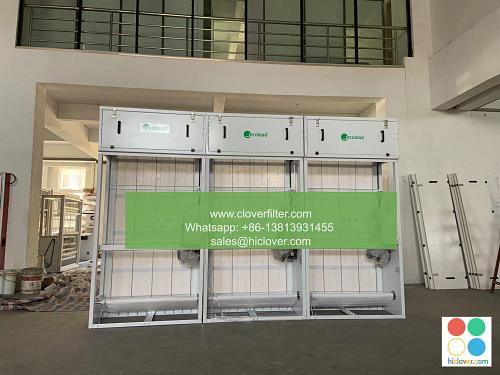Product Testing and Evaluation

Product testing and evaluation is a crucial process in the development and launch of new products, playing a vital role in ensuring the quality, reliability, and performance of the product. This process involves a series of tests and assessments to identify any defects, flaws, or areas for improvement, ultimately helping to mitigate risks and reduce potential liabilities. By incorporating Quality Assurance (QA) and Quality Control (QC) measures, product testing and evaluation enables manufacturers to deliver high-quality products that meet or exceed customer expectations.
Types of Product Testing and Evaluation
There are various types of product testing and evaluation, including:
– Functional Testing: Verifies that the product functions as intended and meets the specified requirements.
– Performance Testing: Evaluates the product’s performance under different conditions, such as stress, load, or environmental factors.
– Usability Testing: Assesses the product’s ease of use, user experience, and accessibility.
– Compatibility Testing: Ensures that the product is compatible with different systems, hardware, or software configurations.
– Security Testing: Identifies potential security vulnerabilities and weaknesses in the product.
Application Areas of Product Testing and Evaluation
Product testing and evaluation has a wide range of applications across various industries, including:
– Consumer Electronics: Testing of smartphones, laptops, tablets, and other electronic devices to ensure they meet the required standards.
– Aerospace and Defense: Evaluation of aircraft, spacecraft, and defense systems to guarantee their safety, reliability, and performance.
– Automotive: Testing of vehicles, components, and systems to ensure compliance with regulatory requirements and industry standards.
– Medical Devices: Evaluation of medical devices, such as implants, instruments, and equipment, to ensure their safety, efficacy, and performance.
– Software and IT: Testing of software applications, systems, and services to ensure they are reliable, secure, and meet the required specifications.
Benefits of Product Testing and Evaluation
The benefits of product testing and evaluation are numerous, including:
– Improved Quality: Identifies defects and flaws, enabling manufacturers to make necessary improvements.
– Reduced Risk: Mitigates potential risks and liabilities associated with product failures or defects.
– Increased Customer Satisfaction: Delivers high-quality products that meet or exceed customer expectations.
– Competitive Advantage: Enables manufacturers to differentiate themselves from competitors by offering high-quality products.
– Cost Savings: Reduces the costs associated with rework, repairs, and warranty claims.
Best Practices for Product Testing and Evaluation
To ensure effective product testing and evaluation, manufacturers should follow best practices, such as:
– Developing Clear Test Plans: Outlining the testing objectives, methodologies, and criteria.
– Using Relevant Testing Tools and Equipment: Selecting the appropriate tools and equipment to conduct the tests.
– Conducting Regular Testing and Evaluation: Performing tests at various stages of the product development lifecycle.
– Collaborating with Cross-Functional Teams: Working with teams from different departments to ensure a comprehensive testing and evaluation process.
– Continuously Monitoring and Improving: Regularly reviewing and refining the testing and evaluation process to ensure it remains effective and efficient.
By implementing these best practices and leveraging Artificial Intelligence (AI), Machine Learning (ML), and Internet of Things (IoT) technologies, manufacturers can optimize their product testing and evaluation processes, ultimately delivering high-quality products that meet the evolving needs of customers in today’s fast-paced, digital transformation era. It seems like you didn’t provide a prompt. Could you please provide more details or specify what you would like to talk about or ask? I’m here to help with any questions or topics you have in mind.

